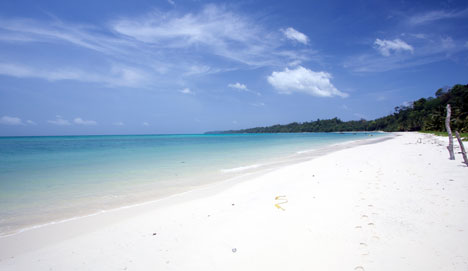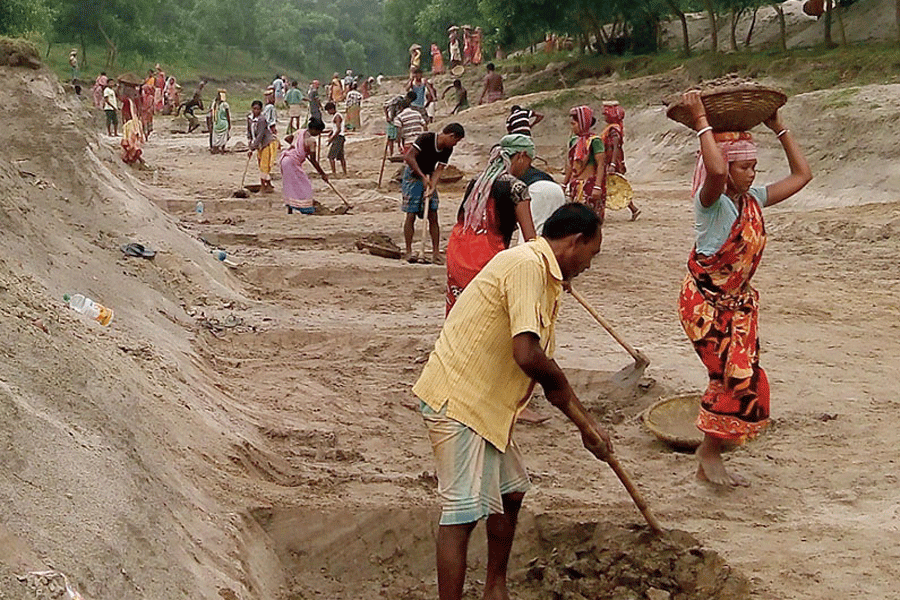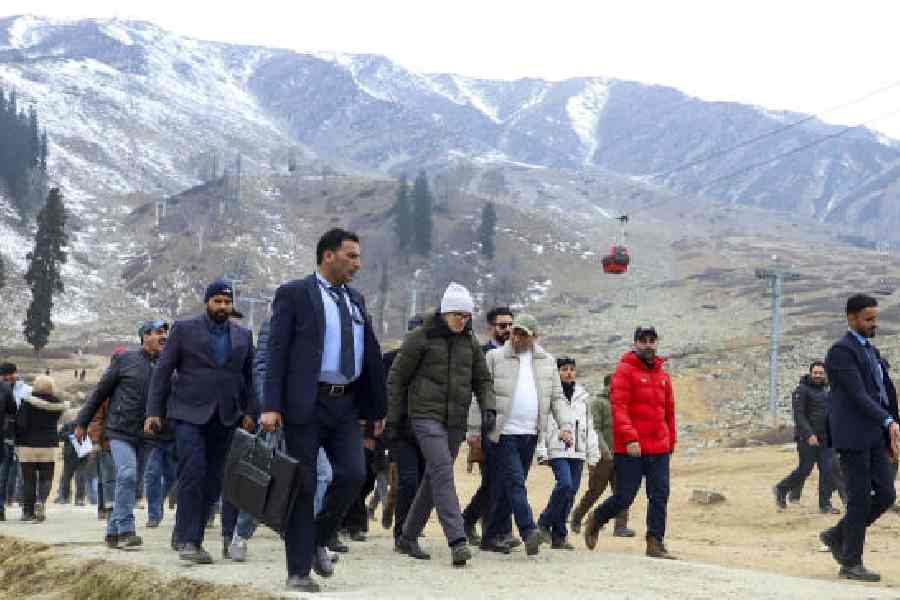
New Delhi: The Centre has proposed relaxations in the rules that govern the coastline, which will expand land available for activities that include development of beach tourism infrastructure.
If implemented without changes, the proposal mooted by the Union environment ministry will add 150 metres for development in densely populated areas along the coastline.
A notification issued by the ministry on Wednesday has sought public response to the proposal within 60 days.
The proposal seeks to facilitate the area addition by splitting into two a category of coastal regulatory zone (CRZ). The plan is to classify areas along the coastline earlier labelled as CRZ-III into either of the two categories - CRZ-IIIA or CRZ-IIIB.
Classified on the basis of population density, each category will be governed by different restrictions. Areas under CRZ-IIIA with a population density of more than 2,161 people per sqkm under the 2011 census will have a "no-development zone" of 50 metres from the high tide line, instead of the 200 metres stipulated in the CRZ notification of 2011.
Areas in CRZ-IIIB where the population density is 2,161 or less per sqkm, the no-development zone will remain unchanged at 200 metres.
"CRZ-III makes up the bulk of undeveloped area along India's coastline," said Pratap Mohanty, professor of marine sciences at Berhampur University in Odisha. "The proposed change appears aimed at addressing concerns that the higher the population density, the greater the need for development."
Under India's CRZ regulations, coastal stretches up to 500 metres from the high tide line on the landward side are classified into four categories, with different sets of restrictions applied to each zone. CRZ-I areas are ecologically sensitive zones, includ
ing marine parks, sanctuaries, mangroves, areas likely to be inundated by sea level rise driven by global warming, corals and areas close to breeding and spawning grounds of fish and other marine creatures.
CRZ-II areas are those that have already been developed up to or close to the coastline.
CRZ-III are relatively undisturbed areas that fall in neither I or II and include coastal zones in rural areas and areas within municipal limits.
CRZ-IV covers coastal stretches in the Andaman and Nicobar islands, Lakshadweep and small islands.
The notification also seeks to simplify CRZ clearance procedures, specifying that only projects and activities along CRZ-I and CRZ-IV will be processed by the Union environment ministry. All activities in CRZ-II and CRZ-III will be processed at the level of local coastal zone management authorities.
The CRZ 2018 notification has also proposed to "de-freeze" the floor area ratio from the 1991 development control regulations and permit floor space index for construction projects as prevailing on the date of the new notification.
"Temporary tourism facilities, such as shacks, toilet blocks, change rooms, drinking water facilities have been proposed (along) beaches," the environment ministry said in a release on the notification.
"Such temporary tourism facilities are also proposed to be permissible in the no development zone of the CRZ-III areas."
The notification has proposed allowing "temporary tourism facilities" on the seaward side of national or state highways passing through a no-development zone in the CRZ-III areas. Resorts and hotels and other tourism facilities may be allowed on the landward side of these highways.
The proposed changes in the 2011 regulations follow recommendations made by a panel of technical experts led by Shailesh Nayak, former secretary in the ministry of earth sciences.










